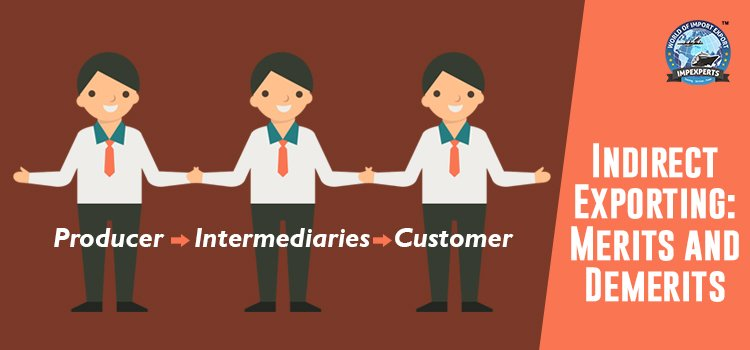Methods of Entering International Markets (22.4)
- Thiago Casarin Lucenti
- Oct 7
- 2 min read
Chapter 22 - Marketing Strategy
Learning Objective: To understand the different methods of entering international markets
Now that we fully understand the process of globalization as well as the reasons why businesses try entering international markets it is finally time for us to go into the actual methods businesses use to go internationally:
Exporting is one of the simplest ways to enter international markets:
Exporting can be as simple as developing online channels (direct exporting) or developing intermediary/agent relationships in the target-country (indirect exporting).
The main benefits of direct exporting are:

Ability to keep full control over marketing and product;
Cheap, quick, and easy;
Higher profit margins as commissions are not needed.

The limitations of direct exporting, however, are:
Sales and service costs on the target-country;
Lack of local market knowledge;
Logistics, storing, paperwork.
When it comes to indirect exporting, however, the benefits and limitations can be very different:

The benefits of such method are:
It requires less effort is necessary from the business side: local intermediaries have market knowledge which can help on the success of the product. Intermediaries are also responsible for logistics and any other paperwork necessary.

On the other hand, indirect exporting can decrease the exporters' profit margins (commissions to intermediaries) and loss of sale since oftentimes intermediaries deal with multiple competing brands.
International Franchising is another strategy businesses can take on to expand into international markets:
Joint-Ventures are yet another option: when two or more businesses agree to work closely together on a particular project and create a separate business division to do so:
Costs and risks are shared;
Different strengths are combined
Major markets are exchangeable;
Corporate culture clash;
Blaming game for errors and mistakes;
Failure of one of the parties can jeopardize the entire project.
Licensing consists in allowing a foreign firm to produce or distribute patented products “under license” involving controlled terms over quality. It is a common option to international marketing:

It saves time and transporting costs (no exporting involved);
No capital investment for setting up operations overseas as the licensee bares this cost;
It involves risk of possible issues related to quality;
It may cause bad publicity (bad brand reputation) due to licensee actions in the local market (e.g. Budweiser Mongolia).
Finally, Direct Investment in Subsidiaries is simply setting operations (production or retailing) in another country by making the capital investment necessary:

The main benefits of such approach are:
The business keeps all the profits (intermediaries, partners, and commissions are not needed);
All decisions can be made by the business itself as no partners/intermediaries are involved;
Government subsidies to attract investments may be available.
- The main limitations regarding this strategy are related to costs and risks:
It is the most costly strategy of them all;
Risk of changing in government policies (e.g. nationalization of industries);
If the business decides to decentralize decisions and bad decisions are made locally, it can lead to bad publicity.
Activity 22.4
Chapter 22 - Marketing Strategy
To-Do-List: Decision-Making Question (McDonald's)



Comments